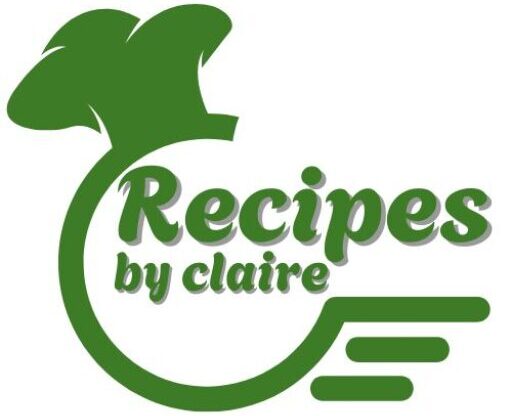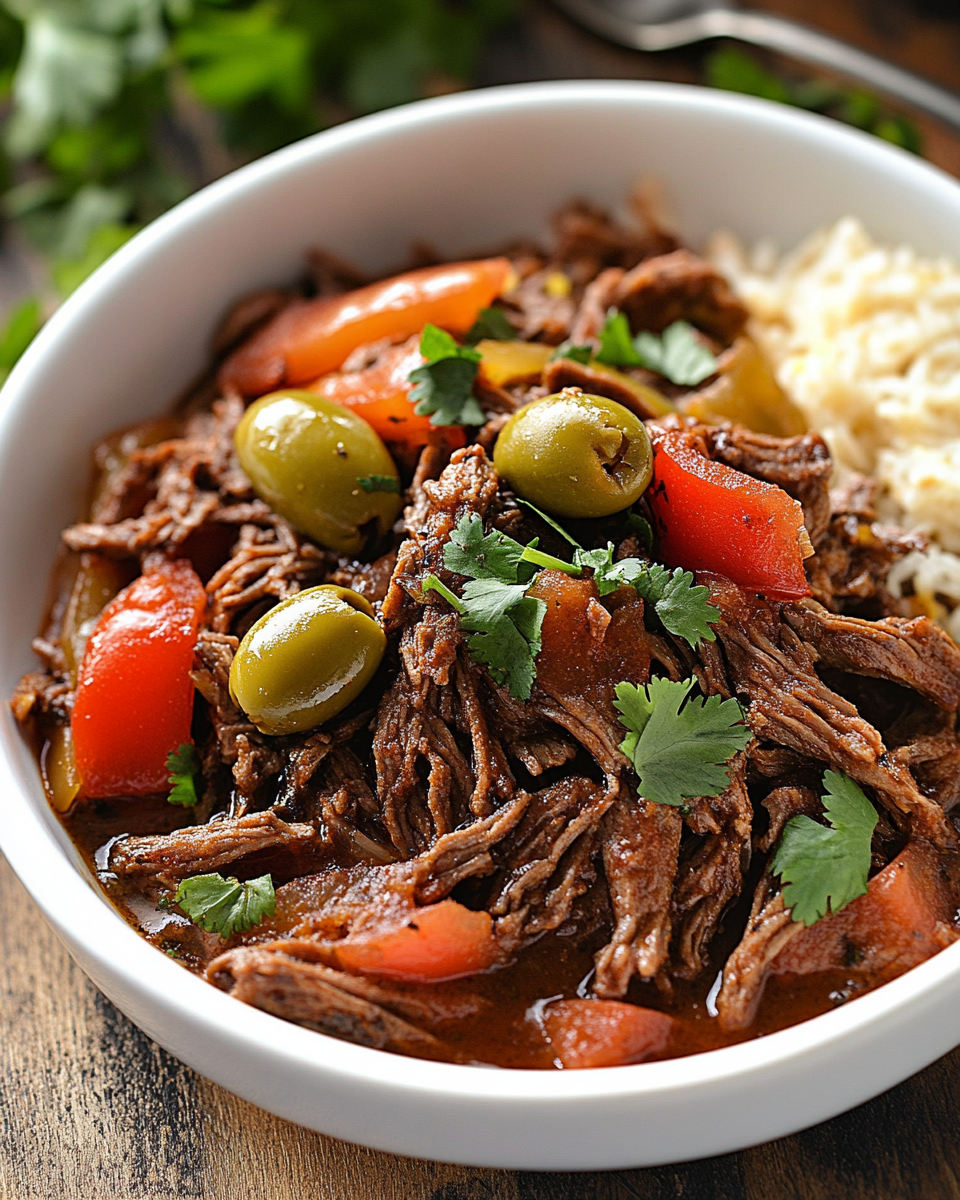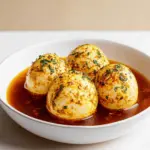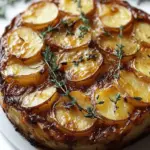The legendary Cuban dish Ropa Vieja is a soul-warming recipe rooted in both culture and comfort. Translating to “old clothes” in Spanish, its name reflects the dish’s appearance shredded beef strands that resemble worn fabric. This traditional meal is beloved across Latin America for its incredible depth of flavor, created through slow cooking beef with aromatic spices, tomatoes, onions, and peppers. Rich, hearty, and spiced to perfection, this dish is ideal for family dinners or festive gatherings. Whether you’re diving into Cuban cuisine for the first time or returning to a nostalgic favorite, Ropa Vieja offers an unforgettable experience. Pair it with white rice, black beans, fried plantains, or warm tortillas to complete your flavorful culinary journey.
Full Recipe:
Ingredients:
-
2 ½ pounds flank steak
-
1 tablespoon olive oil
-
1 large onion, sliced
-
1 large green bell pepper, sliced
-
1 large red bell pepper, sliced
-
4 garlic cloves, minced
-
1 (14.5 ounces) can crushed tomatoes
-
1 (8 ounces) can tomato sauce
-
1 cup beef broth
-
2 teaspoons ground cumin
-
1 teaspoon dried oregano
-
1 teaspoon smoked paprika
-
½ teaspoon ground black pepper
-
2 bay leaves
-
½ cup Spanish olives (pitted and sliced)
-
¼ cup chopped fresh cilantro or parsley (for garnish)
-
Salt to taste
Directions:
-
Heat the olive oil in a large skillet over medium-high heat. Sear the flank steak on both sides until browned. Transfer to a slow cooker.
-
Add the onions, peppers, and garlic to the skillet. Sauté for 3–4 minutes. Transfer to the slow cooker.
-
Add crushed tomatoes, tomato sauce, beef broth, cumin, oregano, paprika, black pepper, and bay leaves to the slow cooker. Stir to combine.
-
Cover and cook on low for 8–10 hours or on high for 4–5 hours, until the beef is tender and easily shreds with a fork.
-
Remove the steak, shred it using two forks, and return it to the slow cooker. Stir in the olives and cook for another 15–20 minutes.
-
Garnish with chopped cilantro or parsley before serving. Serve hot with rice, plantains, or tortillas.
Prep Time: 15 minutes | Cooking Time: 8 hours | Total Time: 8 hours 15 minutes
Kcal: 312 kcal | Servings: 6 servings
Cuban Ropa Vieja: A Dish of History, Culture, and Comfort
Cuban Ropa Vieja is one of the most iconic dishes in Cuban cuisine. Its name, which translates to “old clothes,” is as colorful and evocative as its flavors. The dish is made from shredded beef stewed slowly with bell peppers, onions, garlic, tomatoes, and a blend of warm spices. This hearty, savory meal offers more than just sustenance it tells a story of culture, tradition, and resourcefulness, passed down through generations.
In this article, we’ll explore the history and cultural importance of Ropa Vieja, how it has evolved through time, its nutritional value, ideal pairings, and tips for perfecting it at home. This will help you understand why this beloved dish continues to have a prominent place on Cuban family tables and in Latin American restaurants around the world.
The Origins of Ropa Vieja
Ropa Vieja originated in Spain, specifically from the Canary Islands, and was brought to the Caribbean during the colonial period. The original Spanish version often included garbanzo beans and was more of a stew. When the dish arrived in Cuba, it evolved due to the available local ingredients and cooking methods.
Legend has it that a poor man once shredded and cooked his old clothes because he had nothing to feed his family. As he prayed over the pot, a miracle occurred, and the clothes turned into a rich, hearty meat stew. While this tale is fictional, it captures the essence of the dish: frugality, family, and transformation. In Cuba, Ropa Vieja became a way to use tough cuts of meat like flank steak, tenderized over hours of slow cooking.
Today, Ropa Vieja is so deeply embedded in Cuban culture that it’s considered the national dish of Cuba.
Cultural Significance in Cuban Households
Ropa Vieja is much more than a meal it is a symbol of familial warmth, perseverance, and the vibrancy of Cuban life. Traditionally served during family gatherings or special occasions, the dish carries an emotional connection to heritage and home.
In Cuban homes, Ropa Vieja is often served with white rice, black beans, and fried plantains. These sides not only balance the intense flavors of the shredded beef but also represent the Caribbean’s culinary richness. The dish often appears in celebratory meals and Sunday lunches, where it’s served with stories, music, and laughter.
For Cuban expatriates and those in the diaspora, Ropa Vieja serves as a nostalgic reminder of home. The aroma alone can bring back vivid memories of childhood kitchens and family tables.
Flavor Profile and Culinary Technique
The essence of Ropa Vieja lies in its deep, layered flavor profile. The beef is slowly simmered until it’s so tender that it shreds easily with a fork. The meat is then stewed in a savory tomato-based sauce that includes bell peppers, onions, garlic, cumin, paprika, and oregano. Spanish olives are sometimes added at the end for a pop of briny contrast.
What makes this dish unique is the slow-cooking method that allows all the ingredients to meld together into a harmonious blend. The shredded texture of the beef absorbs the sauce, making every bite succulent and flavorful. The use of aromatic spices adds complexity without overwhelming the natural taste of the meat and vegetables.
Although traditionally made with flank steak, modern interpretations may use chuck roast or brisket for added richness. And while Ropa Vieja is typically prepared in a slow cooker or stovetop Dutch oven, the use of pressure cookers and Instant Pots has become increasingly common, reducing cooking time without sacrificing depth of flavor.
Nutritional Value and Dietary Considerations
Ropa Vieja, while hearty, can be surprisingly nutritious. Beef is an excellent source of protein, iron, and B vitamins, making this dish particularly filling and energizing. The inclusion of vegetables like tomatoes, peppers, and onions contributes antioxidants and dietary fiber.
For those monitoring fat intake, trimming excess fat from the beef before cooking can help. The recipe is naturally gluten-free and can be adapted for low-carb or paleo diets by serving it without rice or with cauliflower rice.
If you’re seeking a higher fiber meal, pairing Ropa Vieja with black beans adds both nutritional benefits and authenticity. This makes it a well-balanced dish suitable for both everyday meals and special occasions.
Perfect Pairings for Ropa Vieja
One of the joys of Ropa Vieja is how versatile it is when it comes to pairings. In Cuban tradition, the dish is rarely served on its own. Some classic sides and accompaniments include:
-
White rice – A neutral canvas that soaks up the flavorful juices.
-
Black beans – Cooked with bay leaves and a touch of vinegar for contrast.
-
Fried sweet plantains (maduros) – Their sweetness balances the savory beef.
-
Yuca con mojo – Boiled cassava with garlic-citrus sauce adds a unique texture and tang.
-
Tostones – Fried green plantains offer a crisp, salty element.
To drink, pair Ropa Vieja with a cold Cuban beer, a glass of red wine, or a classic mojito for an authentic culinary experience.
Tips for the Best Ropa Vieja at Home
-
Choose the right cut of beef – Flank steak is traditional, but chuck roast and brisket also work well.
-
Low and slow cooking – Don’t rush the process. The magic happens when the flavors have time to develop.
-
Use fresh spices – Ground cumin and smoked paprika should be fragrant and not expired for best results.
-
Don’t skip the olives – The briny flavor adds depth and authenticity.
-
Let it rest – Like many stews, Ropa Vieja often tastes even better the next day.
Ropa Vieja Around the World
While the dish is Cuban at heart, Ropa Vieja has spread throughout Latin America and the Caribbean. In Puerto Rico, a similar dish called “Carne Mechada” exists, though the seasoning and preparation may differ slightly. In the Dominican Republic and Venezuela, variations incorporate ingredients like capers or even hard-boiled eggs.
In the United States, Cuban restaurants serve Ropa Vieja as a staple menu item, introducing diners to the rich culinary heritage of the island. The dish’s growing popularity has also made it a favorite among food bloggers, home cooks, and chefs experimenting with fusion cuisines.
Conclusion:
Ropa Vieja is more than just a meal it’s a living tradition. From its humble beginnings in the Canary Islands to its transformation into a Cuban culinary treasure, this dish has stood the test of time through its powerful combination of flavor, versatility, and cultural meaning.
Whether you’re cooking for family or exploring world cuisine, Ropa Vieja offers a rewarding cooking experience and an unforgettable taste. Its rich tomato base, tender shredded beef, and blend of peppers and spices create a comforting, satisfying dish that’s hard to beat.






